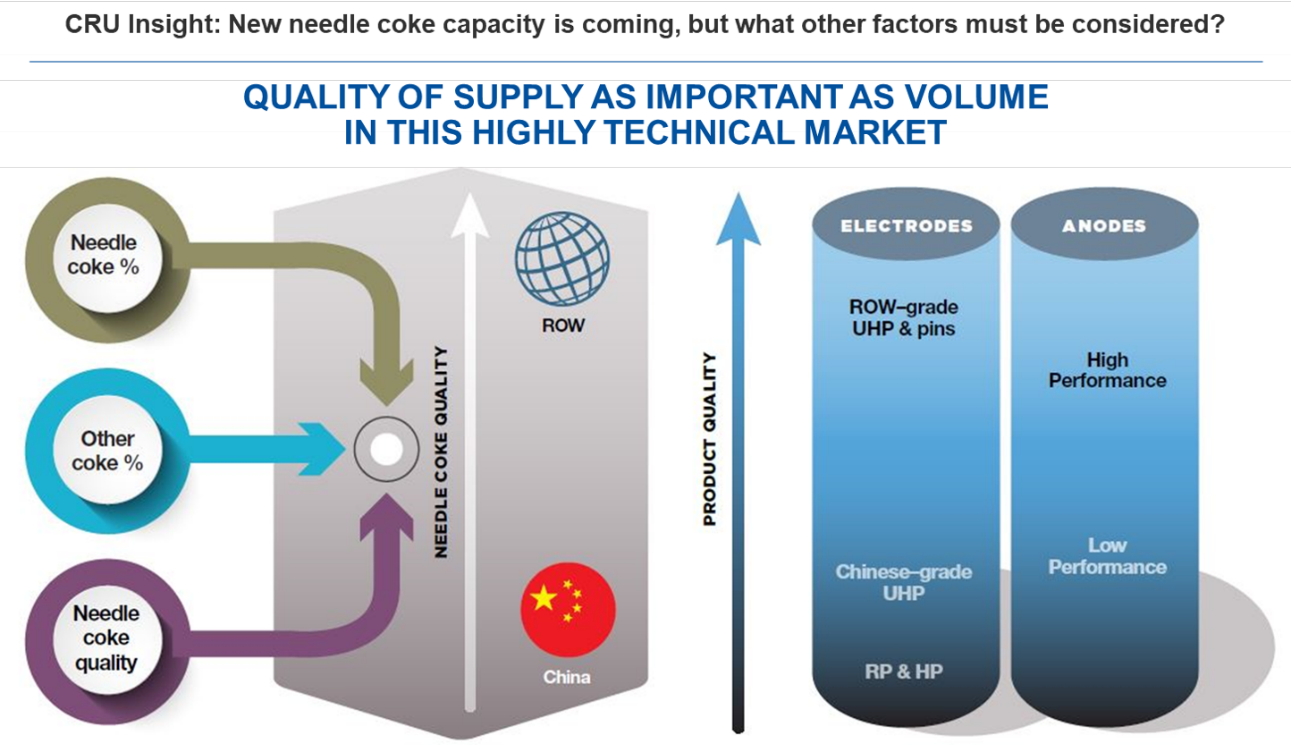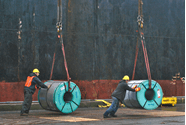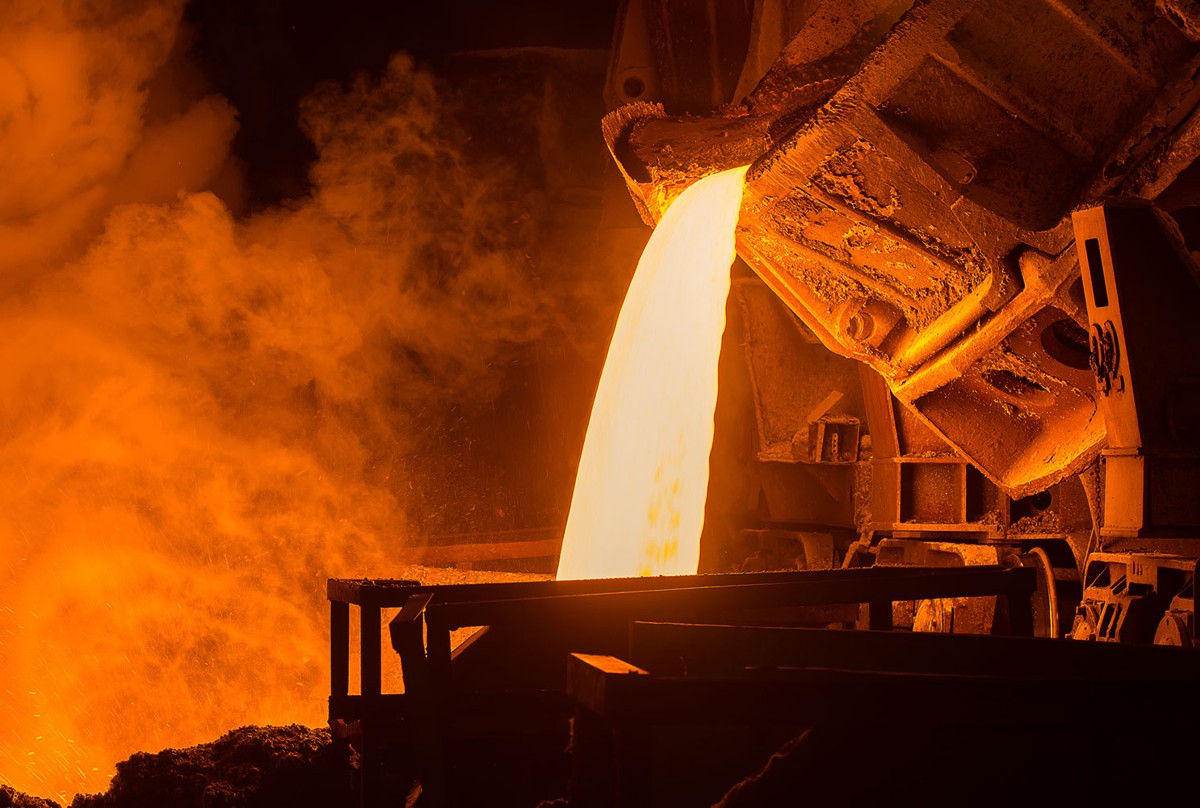Market Data

November 8, 2019
CRU: New Needle Coke Capacity is Coming, But What Other Factors Must be Considered?
Written by Tim Triplett
Needle coke and graphite electrode availability has been under pressure since 2017 following substantial financially and environmentally driven capacity closures, particularly in China.
With prices under pressure in 2019, and margins rapidly falling, the graphite electrode and needle coke markets appear to be at a crossroads with many questions about the future for these markets.
CRU is pleased to announce the release of the Graphite Electrode and Needle Coke Special Report, available now, featuring new research and forecasts to 2029.
Our team has conducted extensive primary research and analysis into the graphite electrode and needle coke markets. CRU’s detailed view of the market is consistent with our existing capabilities in the steel, battery and carbon products markets.
Learn more about the report and read the latest insight, New needle coke capacity is coming, but what other factors must be considered?








